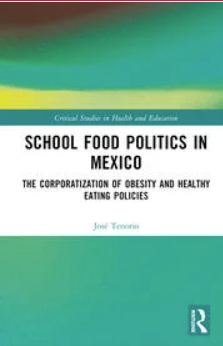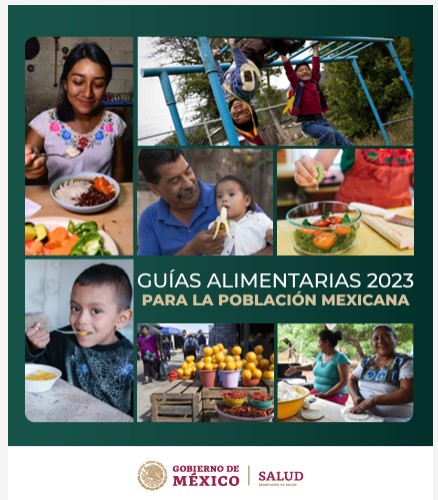If you are a long-time reader, you will know that I have a particularly hard time understanding agricultural trade disputes. I understand the basic principle: every country wants to protect its own. Where I need help is with how the rules work and are applied.
Here’s a good place to start on this one: US corn growers secure major victory in USMCA dispute with Mexico: Panel rules Mexico’s GM corn import ban violates trade agreement, marking a triumph for American agriculture..
In a significant win for U.S. corn producers, a dispute panel has ruled that Mexico violated its commitments under the United States-Mexico-Canada Agreement (USMCA) by issuing a decree banning genetically modified (GM) corn imports in early 2023. This decision comes as a relief to the National Corn Growers Association (NCGA) and other advocates who had urged the United States Trade Representative to file the dispute.
The USMCA panel’s decision is here.
How to interpret this? Fortunately, Chuck Abbott explained the background in FERN’s AgInsider (alas, he’s no longer writing this).
The 2023 [Mexican] presidential decree imposed an immediate ban on imports of GMO white corn used in making dough and tortillas, an everyday food of Mexico, and gradual elimination of imported GMO corn for industrial food uses and for livestock feed. So-called yellow corn is fed to livestock…Corn originated in Mexico and holds deep cultural significance in the country; it has five dozen native varieties. Conservationists, Indigenous communities, and traditional farmers have sought for two decades to keep the country’s heritage seeds free of GMO traces.
And even more fortunately, Tim Wise to the rescue: U.S. Wins Controversial Ruling in GM Corn Dispute with Mexico.
According to the U.S. government, the final report from the tribunal, announced December 20, ruled that “Mexico’s measures are not based on science and undermine the market access that Mexico agreed to provide in the USMCA.” In fact, the trade panel’s ruling was more limited, demanding that Mexico comply with the trade agreement’s procedures for carrying out risk assessments based on “relevant international scientific principles”…The ruling will not settle the debate over the health and environmental risks of GM corn and its associated herbicides, In the course of the dispute, Mexico produced extensive peer-reviewed scientific evidence that showed ample cause for precaution given the risks associated with both GM corn and its associated herbicide glyphosate.
Wise cites recent studies showing negative health impacts, along with the Science Dossier Mexico presented as evidence. The tribunal rejected this evidence.
Wise describes Mexico’s response:
It remains to be seen how the Mexican government will comply with the ruling. It has 45 days to respond. Already, President Claudia Sheinbaum has reiterated her support for a constitutional amendment to enshrine a ban on GM corn cultivation and consumption in tortillas. A “Right to Food” law passed last year mandates labeling of foods containing GMOs. No tortilla seller wants such a label on its products, because Mexican consumers are clear that they do not want GM corn in their tortillas.
I like President Sheinbaum’s way of putting this: “Sin maíz no hay país” [without corn, there is no country].
In the meantime, President-elect Trump is threatening Mexico with tariffs on exports—also in violation of USMCA rules, but we will have to see how that goes.
As I said, complicated. Food politics in action, for sure.




